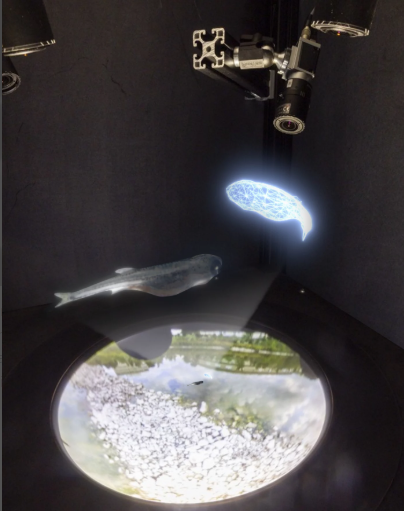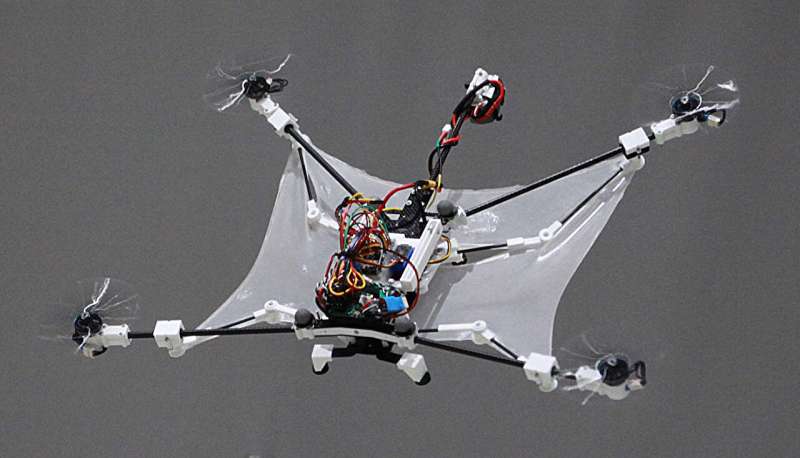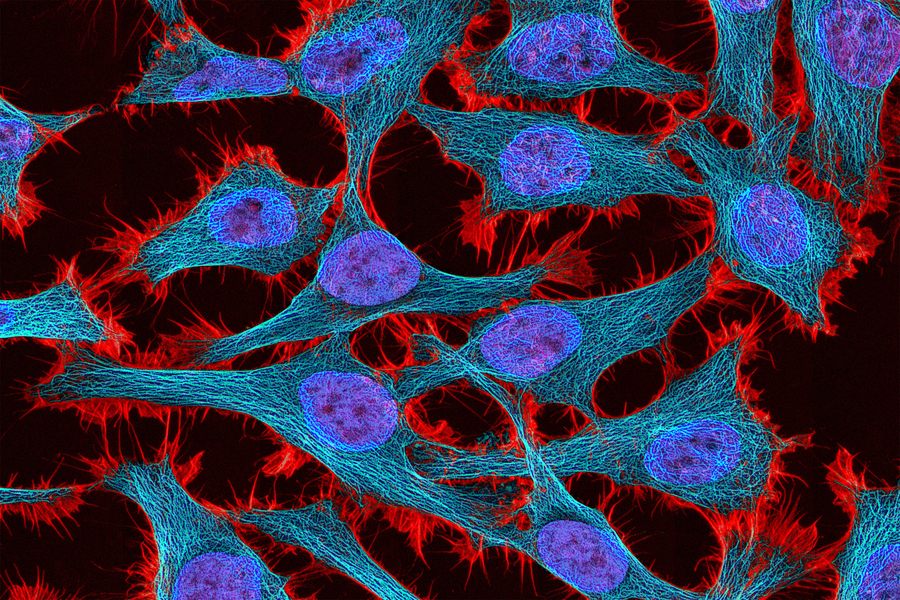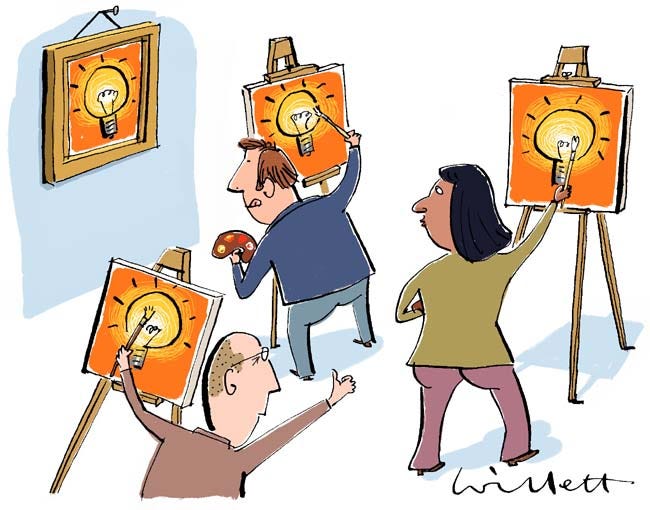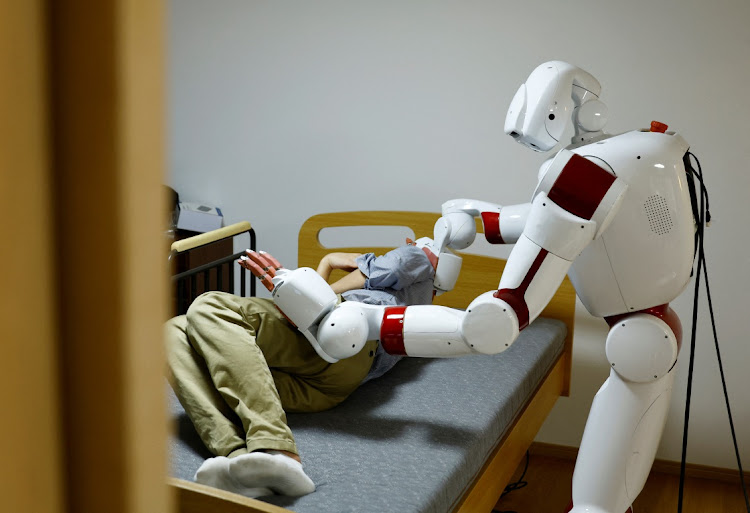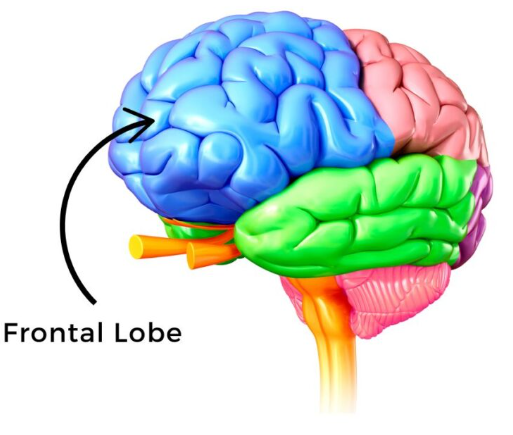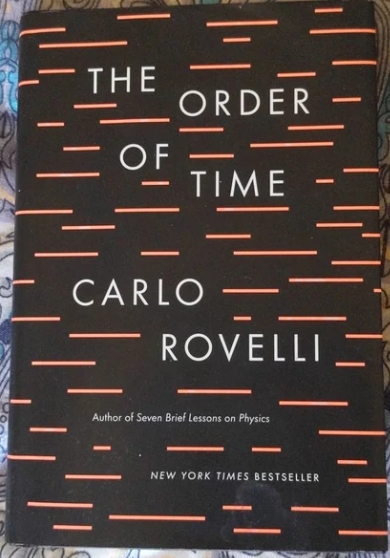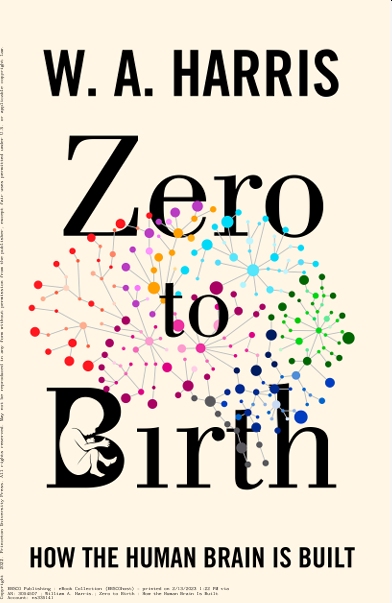A team of biologists and robotic engineers recently used virtual reality (VR) to crack the code of how fish school, with the goal of teaching robots to swarm in the same way. Imagine you’re at a party where everyone’s dancing to the same rhythm, but there’s no DJ or leader telling people what to do. Everyone just knows how to stay in sync, avoid bumping into each other, and respond to changes in the crowd. That’s basically what schools of fish do, and it’s something that robots have struggled to…
Read MoreTag: research
Northeastern Researchers Enhance LiDAR-Based Robot Navigation Efficiency
A paper from Northeastern University looks at how to improve the way robots and self-driving systems determine their location and build maps using LiDAR and IMU sensors. LiDAR sensors measure distance by bouncing laser pulses off objects, while IMU sensors track motion using accelerometers and gyroscopes. So, the paper tackles a common issue in robotics called SLAM, which is, simultaneous localization and mapping. Basically, how can a robot know where it is while it’s still building the map?
Read MoreBiomimicry: Squirrel Drone with Foldable Wings Shows Superior Maneuverability
Drones that we see today are very well equipped with focusing systems that allow for high-resolution imaging, precise navigation, and advanced object tracking capabilities. However, when it comes to executing sharp turns, a key limitation of today’s drones, the tech is still in its early stages of development.
Read MoreSmarter Connections: A Step Closer to Practical Quantum Machines
Have you ever watched two kids on swings, tied together by a spring? When one swings, the other starts moving too. That’s how scientists often imagine the relationship between light and matter at the quantum level. They call this a coupling , a way for two systems to influence each other.
Read MoreComMAND Circuit Enables More Precise Control Of Gene Therapy
For years, researchers have been trying to fix genetic diseases by simply adding back the missing gene. The idea is pretty straightforward, if a disease is caused by a faulty or missing gene, just give the patient a working copy. But the tricky part has always been figuring out how to control how much of that gene gets used in the body.
Read MoreLearning Together and Alone: How We Dynamically Adjust Our Strategies
Have you ever found yourself trying to solve a problem on your own, sticking with your gut and your own trial-and-error? But then there are times when you just can’t figure it out and end up watching what others are doing, hoping to pick up some clues? That back-and-forth between figuring things out solo and learning from others is what this study really dives into. It looks at how people balance learning on their own versus copying others depending on how well they’re doing.
Read MoreGerman Instrument Sees the Sun Through Largest Solar Telescope
Have you ever tried zooming-in with your phone to capture a tiny bird or maybe a flower on a branch or shrub? Doesn’t it look like a slightly blurry, shaky mess no matter how steady you try to hold your hand? Now imagine trying to do that, but not for a bird but for the surface of the Sun, 150 million kilometers away.
Read MoreUniverse Is an Ultimate Computer: What if Space-Time is Pixelated?
I’m always on the lookout for some radical take when it comes to research papers, and this time, a research article by physicist Melvin Vopson totally caught my attention. Vopson suggests, what if gravity isn’t some deep, fundamental force of nature, but actually just the universe’s way of managing its information better? Sounds strange at first, but it’s got a logic to it.
Read MoreSmarter Machines, Bigger Shifts: The New Era of Robotics
We’ve heard a lot about ChatGPT and generative AI, but there’s another side of AI that’s moving fast, which is, robots that can think and work on their own. These are smarter machines that can learn, make decisions, and adapt to their environment. And most of these machines are already making their presence felt in places like warehouses, factories, and even retail stores.
Read MoreSmaller Than a Grain of Rice, This Pacemaker Runs on Light
Northwestern engineers have come up with something pretty wild, a pacemaker so small it can fit inside the tip of a syringe. Not only that, but it’s wireless, dissolves inside the body after doing its job, and can be injected without surgery.
Read MoreNeuroscience Shows Memory Depends on More Than Just Perception
If you’ve ever tried to remember where you parked your car while also keeping track of your grocery list, you’ve felt the limits of working memory. A new study from researchers at NYU and Ohio State digs into how the brain decides what to hold onto more carefully and most importantly, how it does it.
Read MoreSupernova Remnant in Nearby Galaxy Studied via Radio
Astronomers just took a fresh look at a supernova remnant called MC SNR J0519–6902 tucked away in the Large Magellanic Cloud, a small galaxy orbiting the Milky Way. It’s been known since the early ’80s, but there’s still a lot we don’t fully understand about it, especially when it comes to its age and how it’s evolved over time.
Read MoreBook Review: The Order of Time by Carlo Rovelli
I picked up The Order of Time because I figured, a 158-page book might talk about time in terms of cause and effect, the default way we tend to understand it. You know, things happen, one after another, and we measure that with clocks. But nope. Rovelli has something else in mind.
Read MoreDMS and DMDS Hints in K2-18 b’s Atmosphere from JWST MIRI Data
Recent research paper published by the American Astronomical Society – New Constraints on DMS and DMDS in the Atmosphere of K2-18 b from JWST MIRI – digs into the atmosphere of K2-18 b, which is the exoplanet people have been calling a “Hycean World,” meaning it might have a hydrogen-rich atmosphere and liquid water oceans. This study is based on data from JWST’s MIRI (Mid-Infrared Instrument), and it’s the first time we’ve gotten a mid-infrared transmission spectrum of a habitable-zone exoplanet like this.
Read MoreBook Review: Zero to Birth by William A Harris
If you’re even a little bit curious about how a brain builds itself before we’re born, Zero to Birth: How The Human Brain Is Built is a book you’ll want to spend time with. It was first published in 2022 and is written by neuroscientist William A. Harris. What makes it so compelling is how clearly it lays out the stages of brain development without dumbing things down.
Read More
